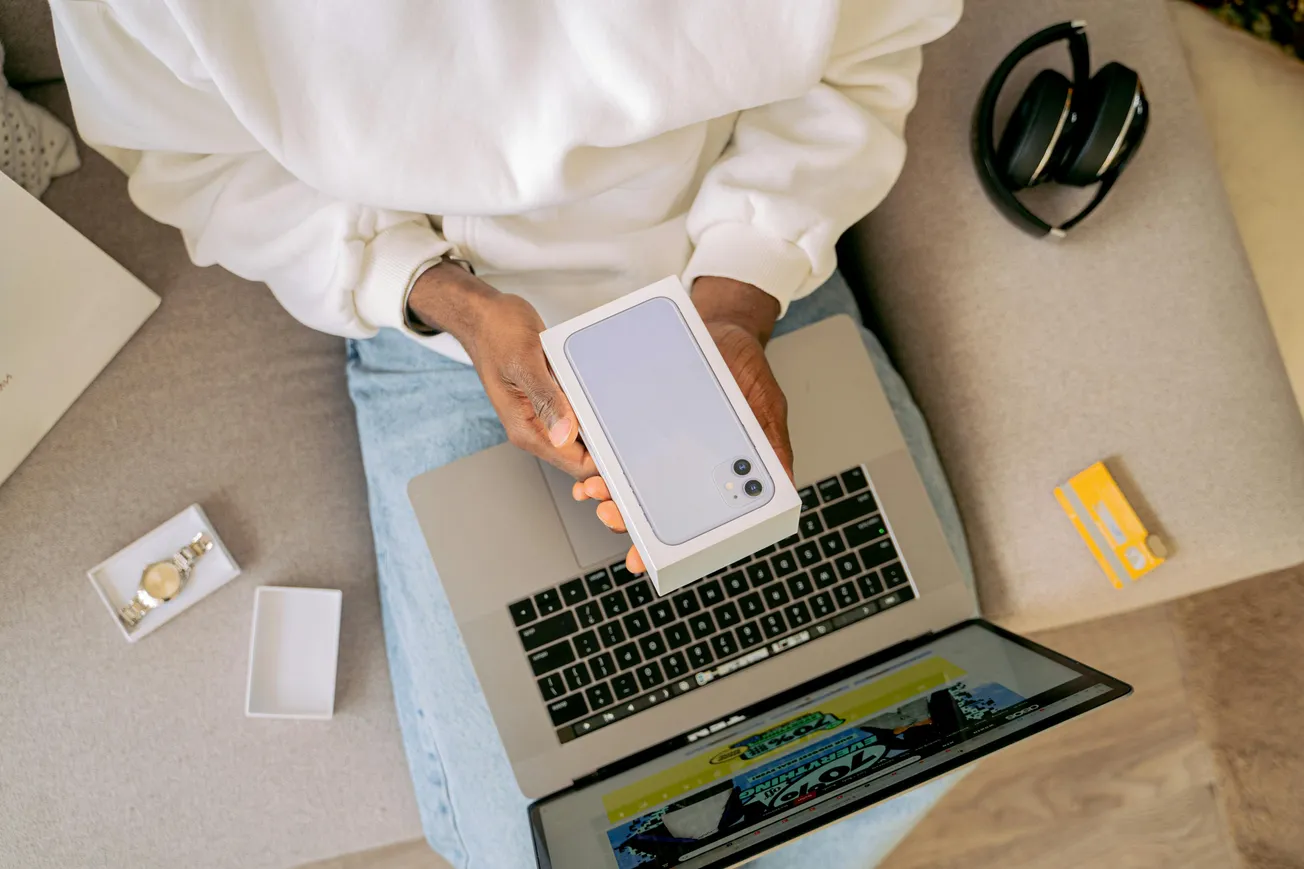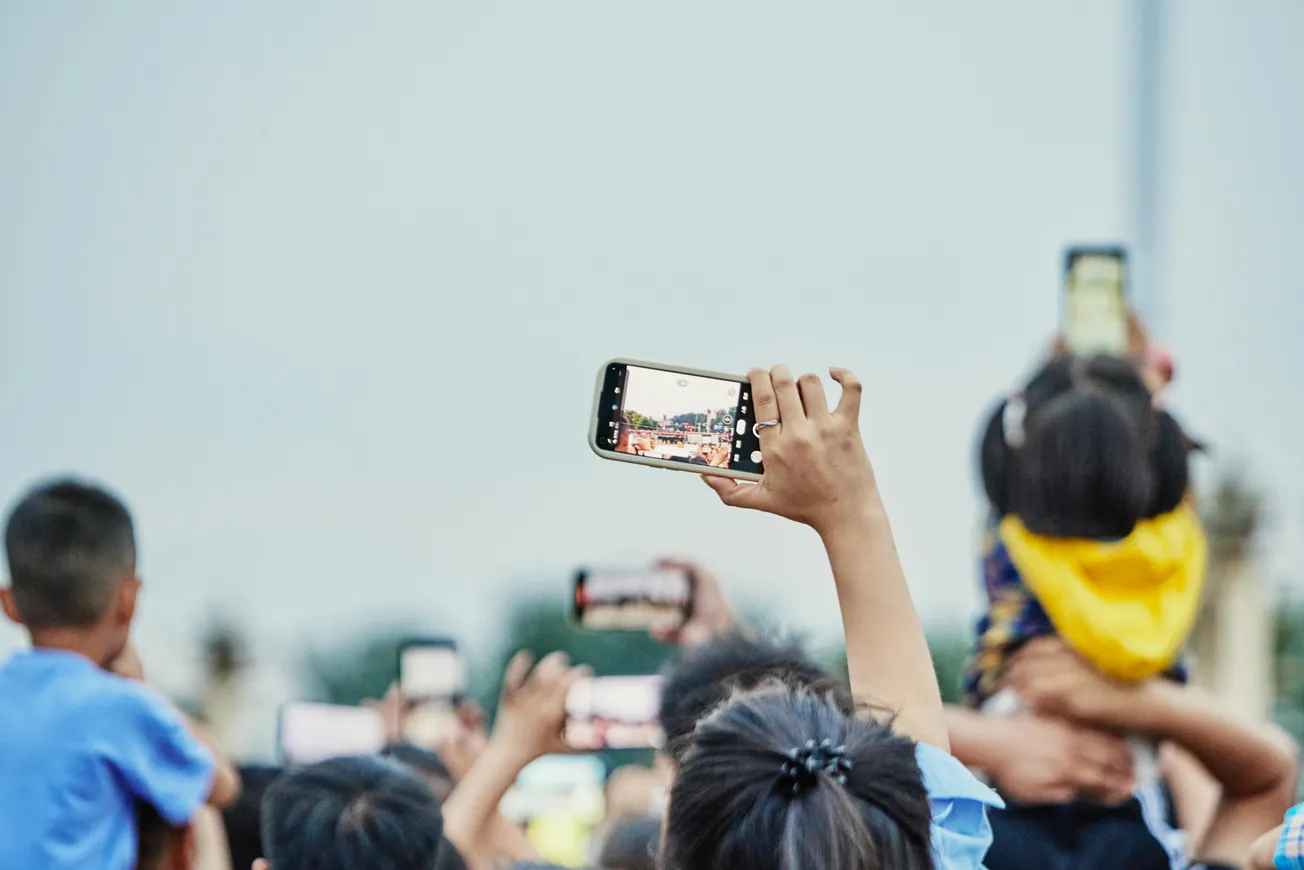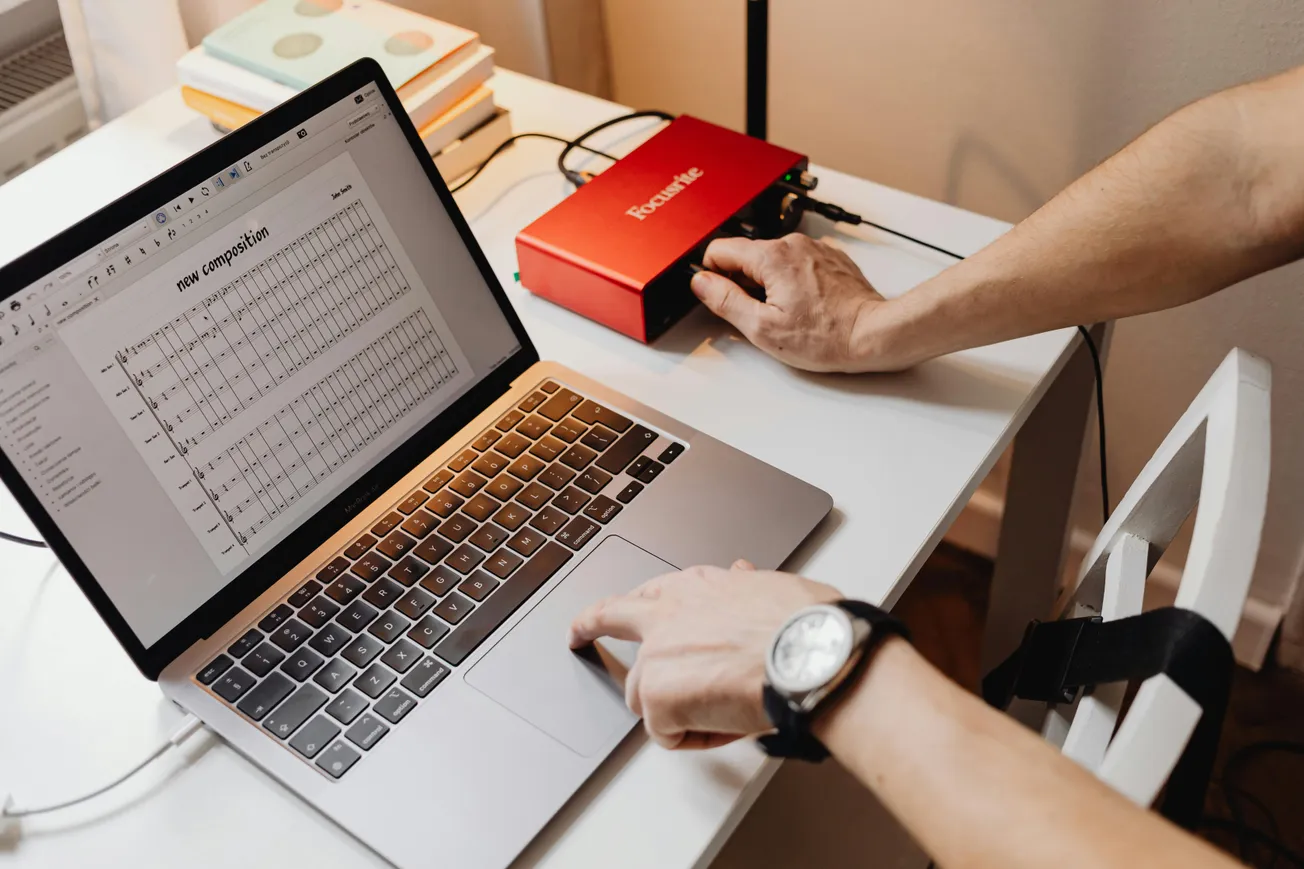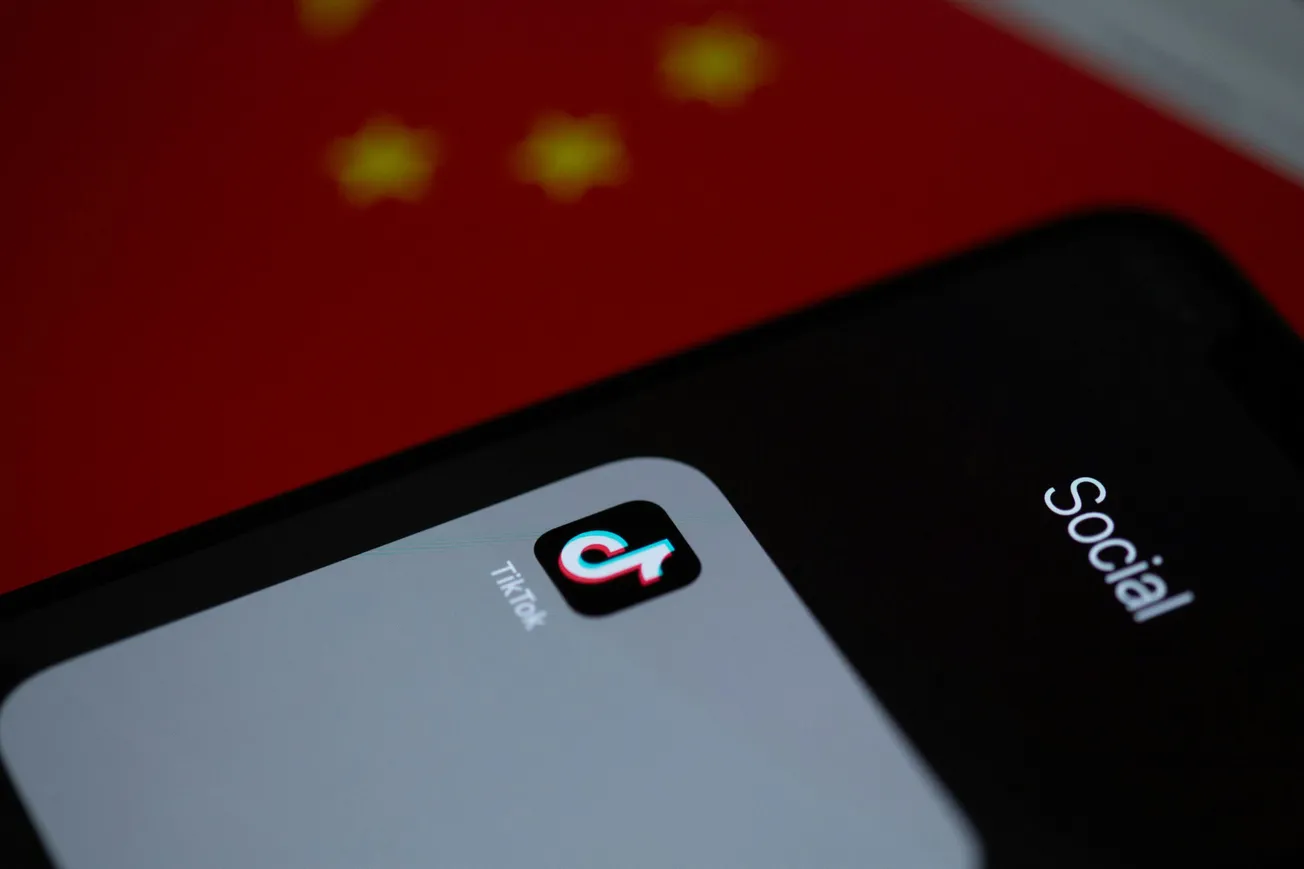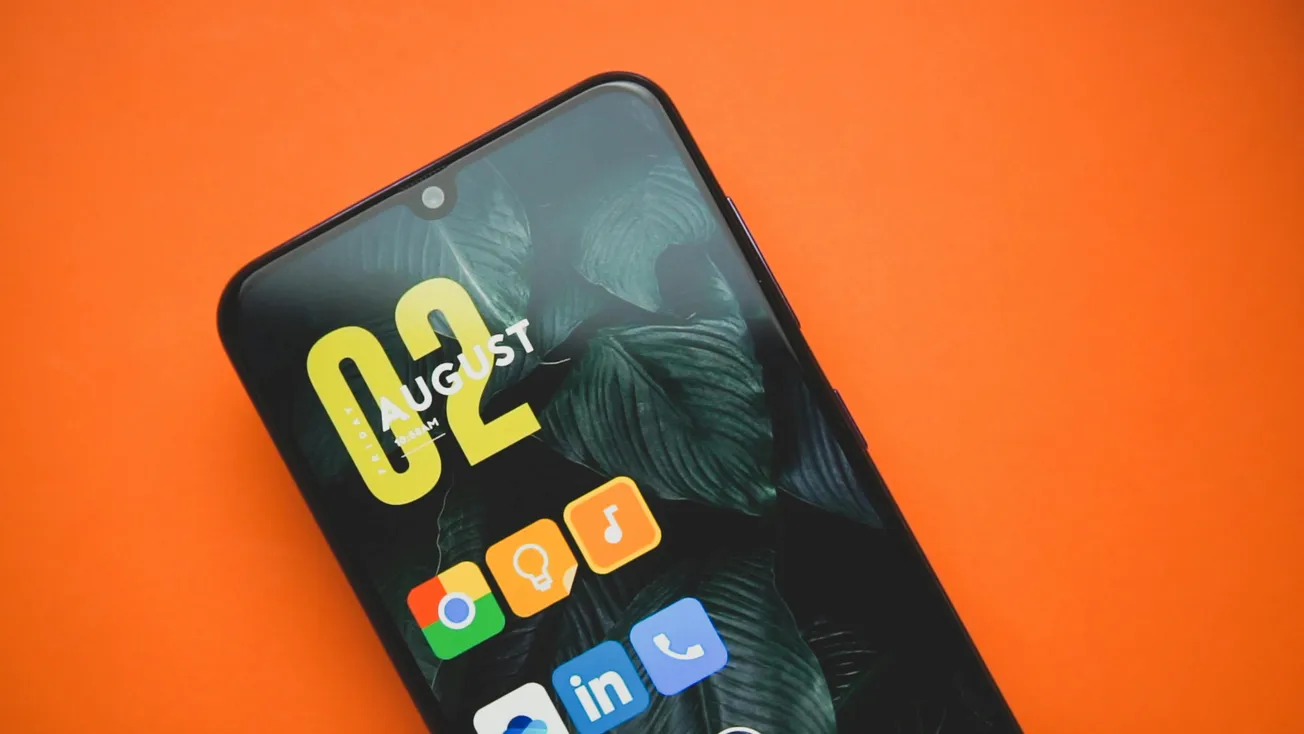For many creators, the camera starts out as a tech gadget. But for some, it becomes something deeper — a tool not just for recording, but for connecting. This mindset shift is what separates content that informs from content that moves.
The real power of video isn’t technical perfection — it’s emotional connection.
That idea comes to life in the story of Brian Hill, founder of Kombi Creative, who discovered visual storytelling through nonprofit work. Instead of chasing cinematic gear or trend-driven content, his focus was simple: disarm people, build trust, and let their stories shine.
This approach is especially relevant for creators and small business teams navigating today’s content landscape. While it's easy to get lost in specs, platforms, and AI-powered workflows, the content that resonates most is grounded in empathy and authenticity.
But there's also a tougher truth: when your passion becomes your profession, creative burnout is real.
How do creators protect their spark when storytelling becomes a service?
Brian’s model offers a few key takeaways:
- Separate personal and commercial projects when possible
- Set clear creative boundaries with clients
- Make space for consistent, low-stakes creative work (just for yourself)
- Accept criticism, but don’t let it define you — take it seriously, not personally
Whether you're filming brand videos, internal communications, or passion projects, reframing your camera as a bridge — not just a device — can transform the way you create.
It shifts the focus from performance to presence. From content to connection.




